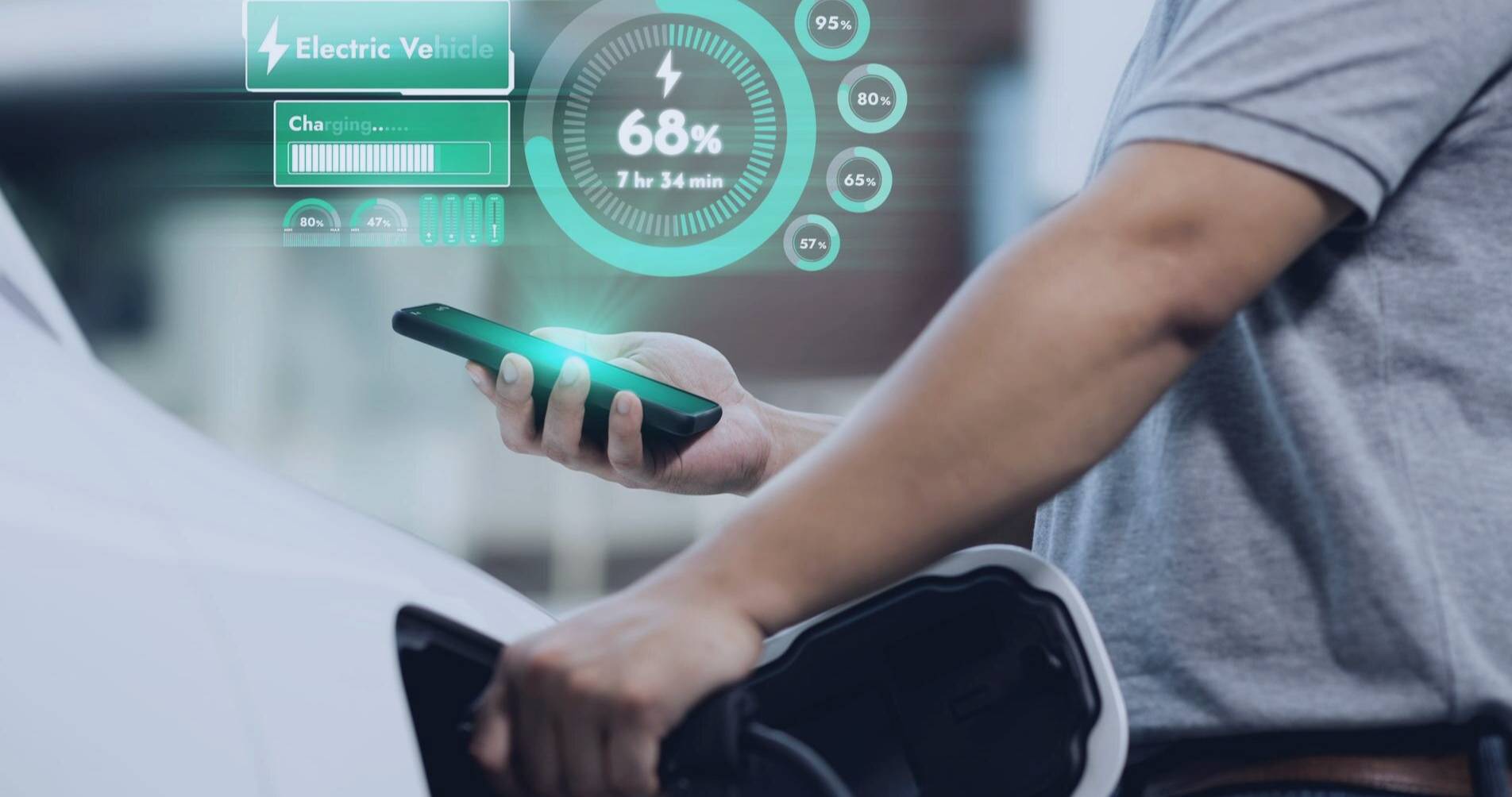

EV Charging Pricing Models Explained
Explore time-based, energy-based, and hybrid EV charging pricing models. Find the right fit for your business with AmpUp’s expert guide.

As the number of EVs on the road rises, businesses increasingly recognize the value and necessity of installing EV charging stations. However, the US has no standard for electricity tariffs or EV charging pricing, making choosing the best approach challenging. So at AmpUp, we decided to unpack the various EV charging pricing models to help workplaces, parking operators, and municipalities select the most effective strategy for their needs.
The basics of EV charging costs for drivers
Various factors influence EV charging costs, including charger type, location, and time of day. The three primary types of chargers are Level 1, Level 2, and Level 3, each with different charging speeds and costs. Level 1 chargers are the most basic charging option, requiring up to 24 hours or more to charge an EV fully. Level 1 charging costs are usually included in the driver's electricity bill, calculated at a per-kilowatt-hour (kWh) rate based on total electricity usage. Level 2 charging costs range from $1 to $10 per hour, and charging speeds can vary from 10-25 miles per hour, with some chargers reaching over 65 miles per hour. Level 3, or DC fast chargers, are quicker but more expensive, generally costing between $0.40 and $0.60 per kWh.
Pricing models explained
There are multiple EV charging pricing models, each designed to cater to different needs and business strategies.
Time-based pricing. Time-based pricing charges drivers based on the duration of the charging session. While straightforward, this method may need to account for variances in car battery capacities and charging speeds. For instance, a workplace installing EV chargers might use time-based pricing to encourage employees to move their cars once charging is complete, thus maximizing the availability of charging spots.
Energy-based pricing. Energy-based pricing is considered the fairest model as it charges drivers based on the electricity consumed. For example, drivers pay a set rate per kWh, ensuring they only pay for the energy used during active charging. Municipal charging stations in areas with high electricity costs might prefer this model to ensure fairness and transparency so EV drivers can see exactly what they’re paying for when they charge.
Fixed-rate pricing. Fixed-rate pricing can attract new customers through subscriptions or flat monthly fees. This model can be particularly advantageous for businesses like parking operators looking to build customer loyalty and stabilize revenue streams. For example, a parking garage could offer a monthly subscription that includes access to EV charging, thereby encouraging long-term use and providing predictable revenue.
Hybrid pricing. Hybrid pricing combines time-based and energy-based models. It can prevent drivers from leaving vehicles plugged in longer than necessary, thus freeing up charging stations for other users. In this method, a station owner might choose to enable energy-based pricing during active charging and then switch to time-based pricing after the vehicle’s battery is fully charged to prevent long dwell times. For instance, a municipality might implement hybrid pricing to ensure that cars are moved promptly after charging, thus optimizing the use of public infrastructure.
Advanced pricing considerations
Some advanced pricing models factor in peak and off-peak hours to manage demand and incentivize charging during off-peak times. This dynamic approach balances the load on the electricity grid and offers customers cost savings. Workplaces can adopt this model to encourage employees to charge their cars during off-peak hours, reducing overall energy costs.
Another consideration is pricing based on the type of EV charger. Premium services like fast and ultra-fast DC chargers warrant higher prices due to their ability to charge vehicles quickly and efficiently. Parking operators might use this model to offer faster charging options for a premium fee, catering to customers who need a quick turnaround.
How to choose the best EV charging pricing model and best practices
Selecting the best pricing model depends on several factors, including location, charger type, customer needs, and business goals. For instance, organizations in areas with high electricity costs might prefer energy-based models to ensure fairness and transparency. Workplaces interested in driving early subscription rates might opt for a fixed-rate model to attract employees with EVs.
AmpUp would like to stress that it’s crucial to benchmark your proposed pricing to industry averages and local competitors, clearly communicate your pricing structure to drivers (including applicable fees and surcharges), and adhere to fair margins to avoid being seen as a price gouger. If your property site offers additional amenities or services, it’s important to ensure they justify premium pricing.
There really is no one-size-fits-all approach, but by understanding the different pricing models and their respective benefits, businesses can make informed decisions to meet their operational needs and customer expectations best. The key is to align the pricing strategy with the business's overall goals and infrastructure capabilities.


